-
 Bitcoin
Bitcoin $102,949.6253
3.38% -
 Ethereum
Ethereum $2,338.4946
19.99% -
 Tether USDt
Tether USDt $0.9999
-0.02% -
 XRP
XRP $2.3968
8.64% -
 BNB
BNB $637.0250
3.78% -
 USDC
USDC $1.0000
-0.01% -
 Dogecoin
Dogecoin $0.2072
13.02% -
 Cardano
Cardano $0.7924
10.43% -
 TRON
TRON $0.2636
5.05% -
 Sui
Sui $3.9829
6.14% -
 Chainlink
Chainlink $16.2479
9.39% -
 Avalanche
Avalanche $23.5942
12.80% -
 Stellar
Stellar $0.3007
9.90% -
 Shiba Inu
Shiba Inu $0.0...01519
13.38% -
 Hedera
Hedera $0.2018
8.61% -
 Hyperliquid
Hyperliquid $25.2936
17.11% -
 Bitcoin Cash
Bitcoin Cash $414.7416
0.06% -
 Toncoin
Toncoin $3.2860
5.54% -
 UNUS SED LEO
UNUS SED LEO $8.7364
-0.74% -
 Litecoin
Litecoin $98.2278
6.74% -
 Polkadot
Polkadot $4.6909
10.44% -
 Monero
Monero $303.6835
1.99% -
 Dai
Dai $1.0000
-0.03% -
 Pepe
Pepe $0.0...01270
39.94% -
 Bitget Token
Bitget Token $4.4987
3.48% -
 Pi
Pi $0.7410
19.57% -
 Ethena USDe
Ethena USDe $1.0002
-0.01% -
 Uniswap
Uniswap $6.3515
21.66% -
 Bittensor
Bittensor $430.2143
7.45% -
 Aptos
Aptos $5.6979
11.74%
What about the Balancer (BAL) coin?
Balancer's decentralized exchange offers automated market making, enabling users to provide liquidity and earn fees while benefiting from its governance and security features.
Dec 09, 2024 at 12:30 pm
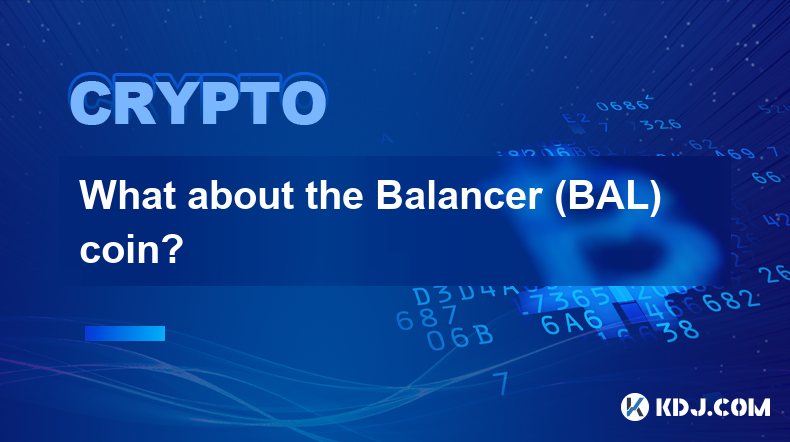
What about the Balancer (BAL) coin?
An Overview of the Balancer (BAL) coin
Balancer is a decentralized exchange (DEX) that allows users to trade cryptocurrencies without an intermediary. The platform uses a unique Automated Market Maker (AMM) model that allows users to provide liquidity and earn fees for their participation.
The Balancer (BAL) coin is the native token of the Balancer platform. BAL is used to pay for transaction fees, rewards liquidity providers, and participate in the governance of the platform.
Key Features of the Balancer (BAL) coin
- Decentralized: Balancer is a decentralized exchange, meaning that it is not controlled by any single entity. This makes it more resistant to censorship and manipulation.
- Automated Market Maker (AMM): Balancer uses a unique AMM model that allows users to provide liquidity and earn fees for their participation. This model is more efficient than traditional order book exchanges and can help to reduce slippage.
- Native token: BAL is the native token of the Balancer platform. It is used to pay for transaction fees, rewards liquidity providers, and participate in the governance of the platform.
- Governance: BAL holders can participate in the governance of the Balancer platform by voting on proposals. This allows them to have a say in the future direction of the platform.
- Security: Balancer is a secure platform that has never been hacked. The platform uses a variety of security measures to protect user funds, including SSL encryption, two-factor authentication, and cold storage.
Benefits of using the Balancer (BAL) coin
There are a number of benefits to using the Balancer (BAL) coin, including:
- Lower transaction fees: Balancer has lower transaction fees than many other DEXs. This is because the platform uses an AMM model, which is more efficient than traditional order book exchanges.
- More efficient market making: Balancer's AMM model allows users to provide liquidity and earn fees for their participation. This model is more efficient than traditional order book exchanges and can help to reduce slippage.
- Governance: BAL holders can participate in the governance of the Balancer platform by voting on proposals. This allows them to have a say in the future direction of the platform.
- Security: Balancer is a secure platform that has never been hacked. The platform uses a variety of security measures to protect user funds, including SSL encryption, two-factor authentication, and cold storage.
Risks of using the Balancer (BAL) coin
There are also some risks associated with using the Balancer (BAL) coin, including:
- Price volatility: The price of BAL is volatile and can fluctuate significantly in a short period of time. This is a risk that all cryptocurrency investors should be aware of.
- Smart contract risk: Balancer uses smart contracts to operate. Smart contracts are complex pieces of code that can be difficult to understand and may contain bugs. There is always a risk that a smart contract could be exploited, which could result in the loss of user funds.
- Regulatory uncertainty: The regulatory landscape for cryptocurrencies is still evolving. It is possible that regulators could take action against Balancer or other DEXs in the future. This could have a negative impact on the price of BAL and the ability to use the platform.
Conclusion
The Balancer (BAL) coin is a promising cryptocurrency with a number of unique features. The platform's AMM model is more efficient than traditional order book exchanges and can help to reduce slippage. BAL holders can also participate in the governance of the platform by voting on proposals.
However, there are also some risks associated with using BAL. The price of the coin is volatile and could fluctuate significantly in a short period of time. Additionally, there is the risk of smart contract bugs and regulatory uncertainty.
Overall, the Balancer (BAL) coin is a good option for investors who are looking for
- a decentralized exchange with low transaction fees,
- an efficient market making platform,
- and the opportunity to participate in the governance of the platform.
However, investors should be aware of the risks involved before investing in BAL.
Disclaimer:info@kdj.com
The information provided is not trading advice. kdj.com does not assume any responsibility for any investments made based on the information provided in this article. Cryptocurrencies are highly volatile and it is highly recommended that you invest with caution after thorough research!
If you believe that the content used on this website infringes your copyright, please contact us immediately (info@kdj.com) and we will delete it promptly.
- Rumble to Launch Bitcoin and Stablecoin Wallet in Q3 2025
- 2025-05-09 20:10:12
- Bitcoin Solaris (BTC-S) Offers Hard-Capped Digital Scarcity and Modernized Bitcoin (BTC) Functionality
- 2025-05-09 20:10:12
- Still Worth Buying Kaspa? KAS Price Outperformed by Meme Coins
- 2025-05-09 20:05:23
- Ethena [ENA] Has Been Trading Within a Descending Channel Since March
- 2025-05-09 20:05:23
- Bitcoin (BTC) Reclaims $100,000 as Spot ETFs Log Continued Inflows
- 2025-05-09 20:05:22
- Bitcoin price extends its rally, pushing past the $100000 mark to reach nearly $104000
- 2025-05-09 20:05:22
Related knowledge
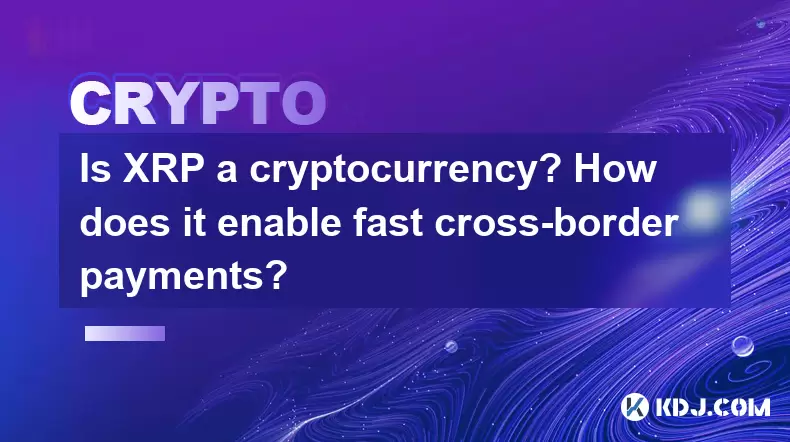
Is XRP a cryptocurrency? How does it enable fast cross-border payments?
May 09,2025 at 04:21pm
Is XRP a cryptocurrency? How does it enable fast cross-border payments? XRP is indeed a cryptocurrency, and it plays a significant role in facilitating fast cross-border payments. Created by Ripple Labs, XRP is designed to serve as a bridge currency in international transactions, enabling quick and cost-effective transfers between different currencies. ...
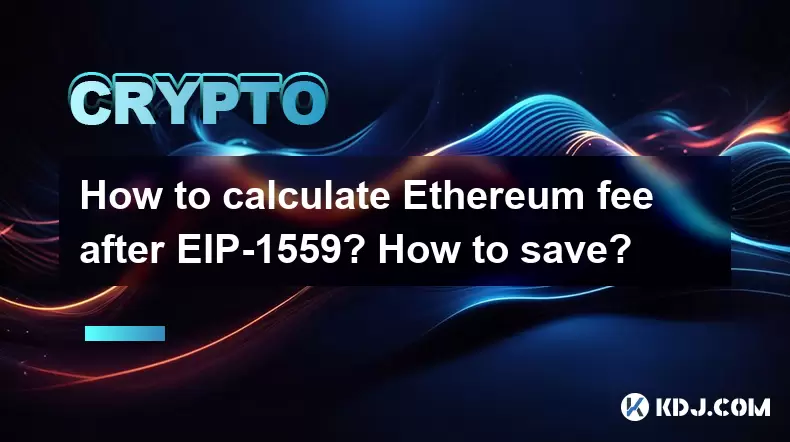
How to calculate Ethereum fee after EIP-1559? How to save?
May 09,2025 at 08:01am
The introduction of EIP-1559 in August 2021 brought significant changes to the Ethereum network's fee structure, revolutionizing how users interact with transaction costs. This article will delve into the specifics of how to calculate Ethereum fees post-EIP-1559 and offer strategies to save on these fees. Understanding EIP-1559 and its ComponentsEIP-155...
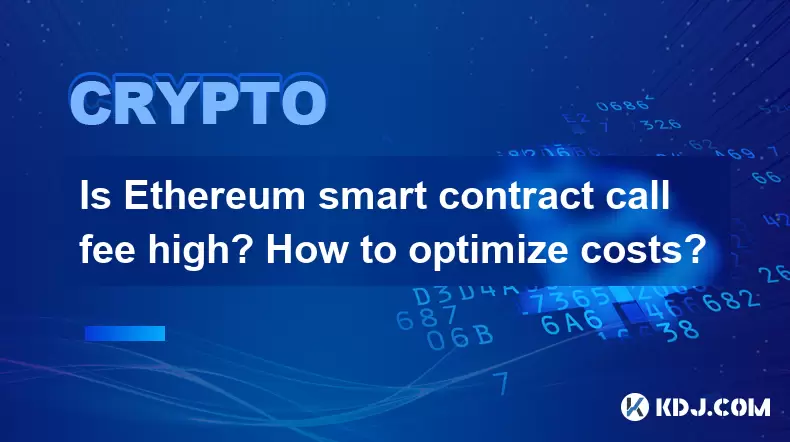
Is Ethereum smart contract call fee high? How to optimize costs?
May 08,2025 at 09:35am
Is Ethereum Smart Contract Call Fee High? How to Optimize Costs? The world of Ethereum smart contracts has revolutionized the way we think about decentralized applications and blockchain technology. However, one of the most frequently discussed topics within this realm is the cost associated with executing smart contract calls. In this article, we will ...
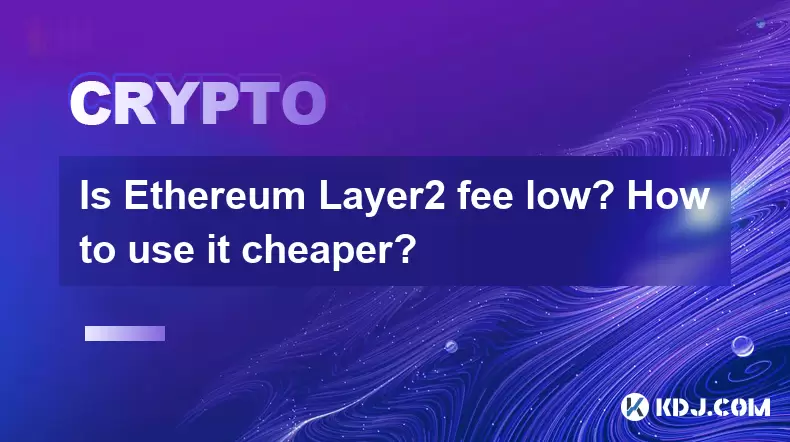
Is Ethereum Layer2 fee low? How to use it cheaper?
May 08,2025 at 03:56am
The question of whether Ethereum Layer 2 solutions offer lower fees and how to use them more economically is a topic of great interest within the cryptocurrency community. Ethereum's Layer 2 solutions have been developed to address the high transaction fees and scalability issues associated with the main Ethereum network. In this article, we will delve ...

How to calculate Ethereum network fee? How to reduce transaction costs?
May 08,2025 at 02:15am
Understanding and managing Ethereum network fees is crucial for anyone involved in transactions on the Ethereum blockchain. The network fee, also known as gas fee, is the amount of Ether (ETH) required to successfully conduct a transaction or execute a smart contract on the Ethereum network. Calculating these fees and finding ways to reduce them can sig...
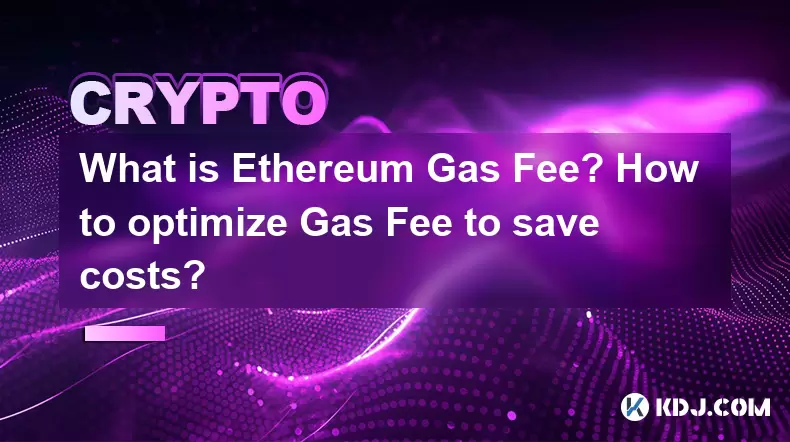
What is Ethereum Gas Fee? How to optimize Gas Fee to save costs?
May 08,2025 at 03:43am
Ethereum gas fees are a crucial aspect of interacting with the Ethereum blockchain. Understanding and optimizing these fees can significantly impact the cost-effectiveness of transactions and smart contract interactions. In this article, we will delve into what Ethereum gas fees are, how they are calculated, and provide detailed strategies for optimizin...

Is XRP a cryptocurrency? How does it enable fast cross-border payments?
May 09,2025 at 04:21pm
Is XRP a cryptocurrency? How does it enable fast cross-border payments? XRP is indeed a cryptocurrency, and it plays a significant role in facilitating fast cross-border payments. Created by Ripple Labs, XRP is designed to serve as a bridge currency in international transactions, enabling quick and cost-effective transfers between different currencies. ...

How to calculate Ethereum fee after EIP-1559? How to save?
May 09,2025 at 08:01am
The introduction of EIP-1559 in August 2021 brought significant changes to the Ethereum network's fee structure, revolutionizing how users interact with transaction costs. This article will delve into the specifics of how to calculate Ethereum fees post-EIP-1559 and offer strategies to save on these fees. Understanding EIP-1559 and its ComponentsEIP-155...

Is Ethereum smart contract call fee high? How to optimize costs?
May 08,2025 at 09:35am
Is Ethereum Smart Contract Call Fee High? How to Optimize Costs? The world of Ethereum smart contracts has revolutionized the way we think about decentralized applications and blockchain technology. However, one of the most frequently discussed topics within this realm is the cost associated with executing smart contract calls. In this article, we will ...

Is Ethereum Layer2 fee low? How to use it cheaper?
May 08,2025 at 03:56am
The question of whether Ethereum Layer 2 solutions offer lower fees and how to use them more economically is a topic of great interest within the cryptocurrency community. Ethereum's Layer 2 solutions have been developed to address the high transaction fees and scalability issues associated with the main Ethereum network. In this article, we will delve ...

How to calculate Ethereum network fee? How to reduce transaction costs?
May 08,2025 at 02:15am
Understanding and managing Ethereum network fees is crucial for anyone involved in transactions on the Ethereum blockchain. The network fee, also known as gas fee, is the amount of Ether (ETH) required to successfully conduct a transaction or execute a smart contract on the Ethereum network. Calculating these fees and finding ways to reduce them can sig...

What is Ethereum Gas Fee? How to optimize Gas Fee to save costs?
May 08,2025 at 03:43am
Ethereum gas fees are a crucial aspect of interacting with the Ethereum blockchain. Understanding and optimizing these fees can significantly impact the cost-effectiveness of transactions and smart contract interactions. In this article, we will delve into what Ethereum gas fees are, how they are calculated, and provide detailed strategies for optimizin...
See all articles





















































































